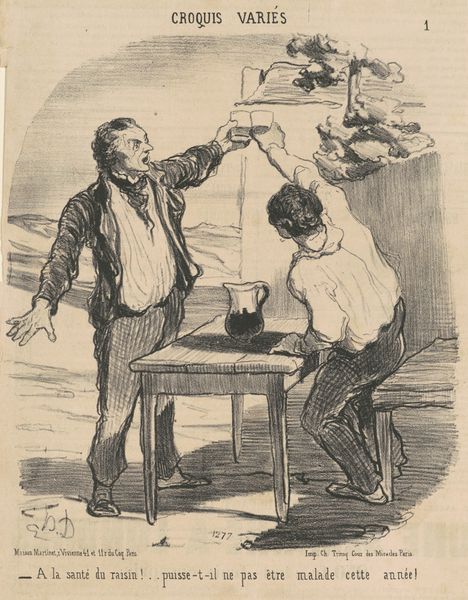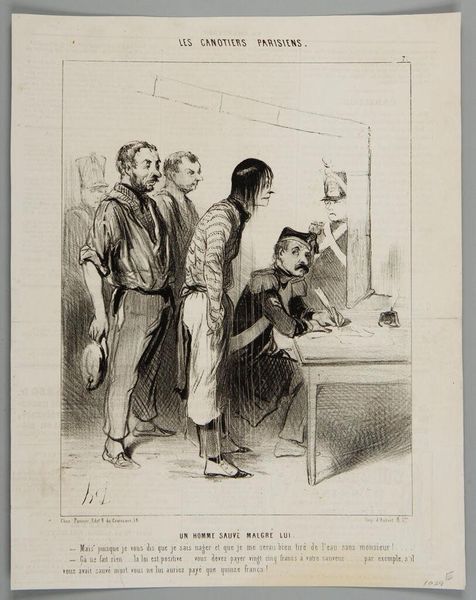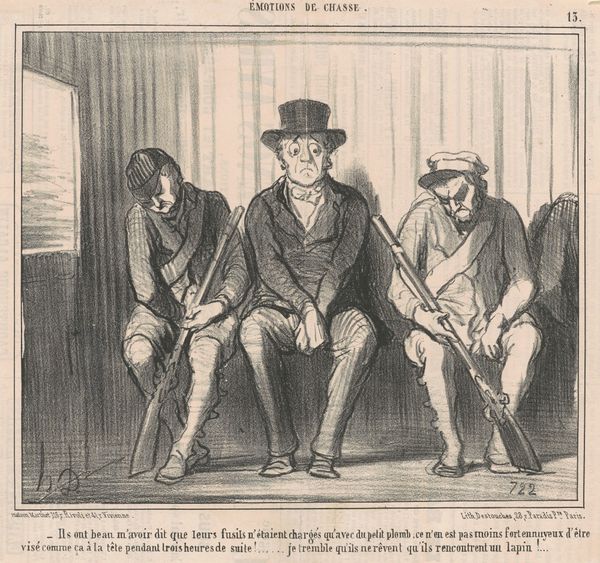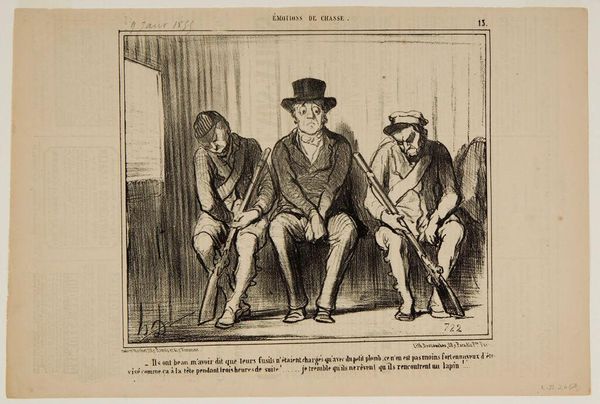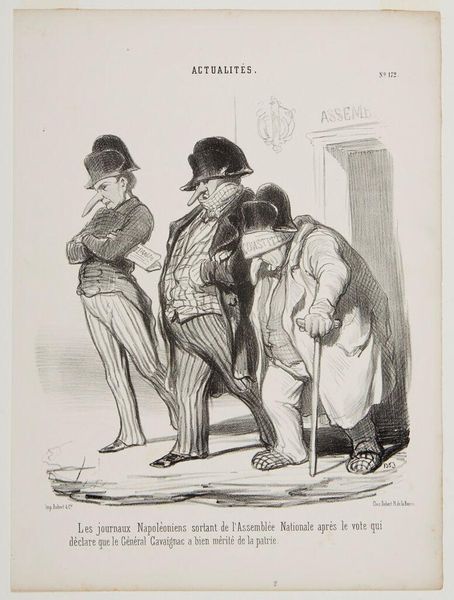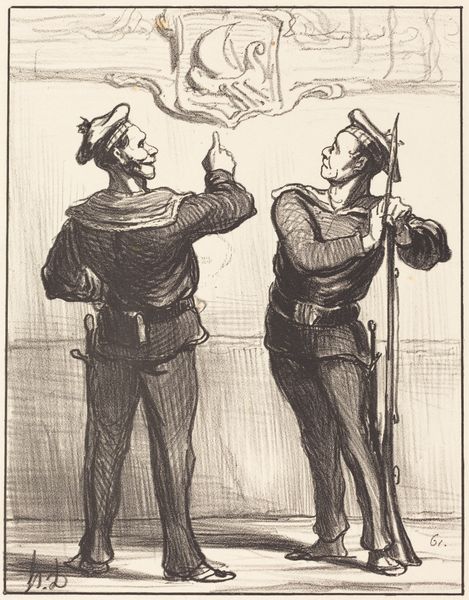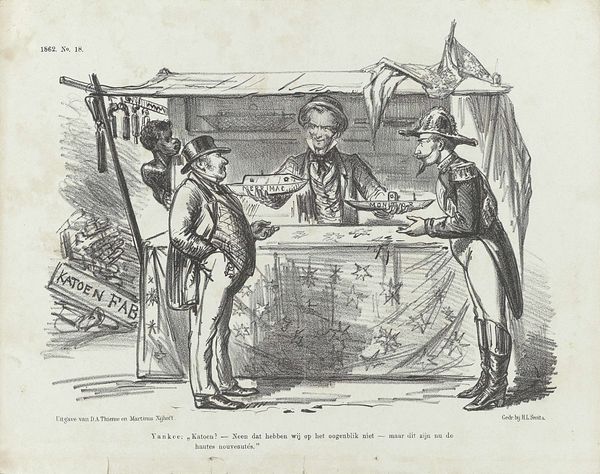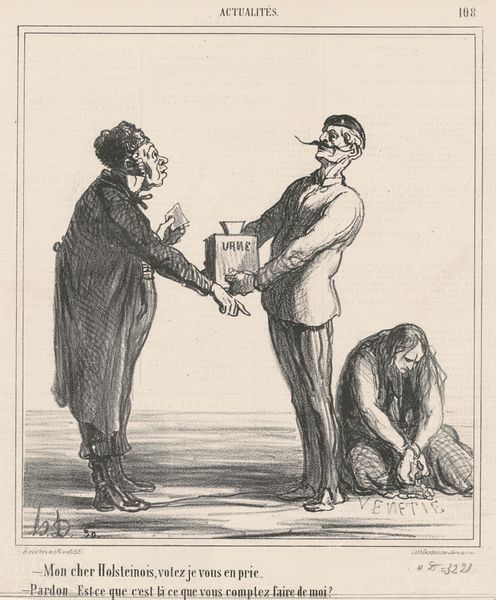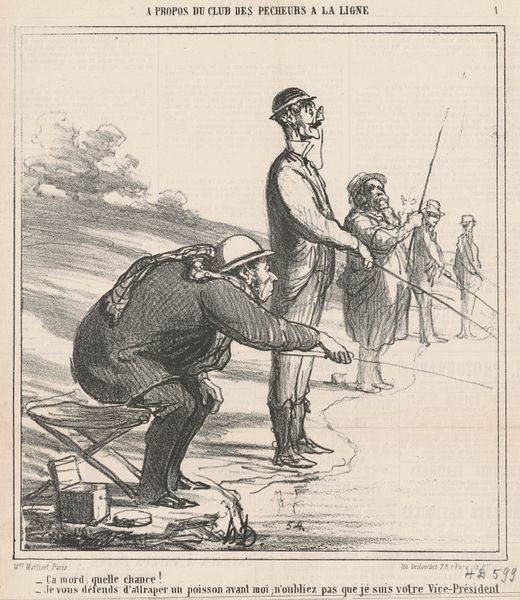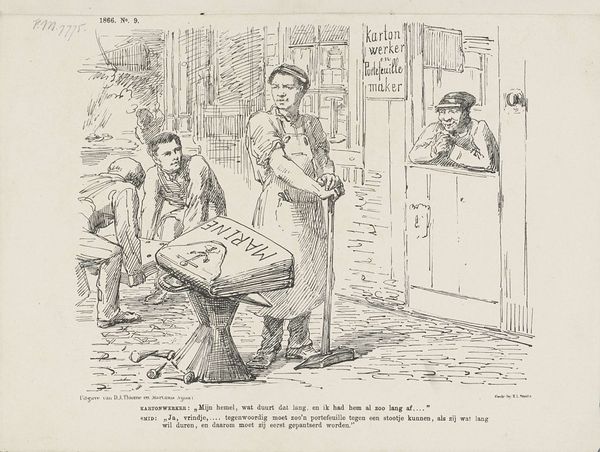
drawing, charcoal
#
portrait
#
drawing
#
charcoal drawing
#
figuration
#
social-realism
#
united-states
#
charcoal
#
realism
Dimensions: 15 3/8 x 12 1/16in. (39.1 x 30.6cm)
Copyright: No Copyright - United States
Curator: This charcoal drawing, titled "Winter," was created by Myer Abel in 1934. You can find it here at the Minneapolis Institute of Art. What’s your immediate reaction to it? Editor: Stark. There's a striking contrast at play here. The drawing's lack of color and harsh lines create a somber mood, amplified by the group of men clustered together. Curator: Abel certainly used the medium to convey a sense of severity. Charcoal, with its ability to create deep blacks and dusty greys, adds to the weight of the subject matter. I find the figures, gathered in what appears to be some shared space, deeply evocative. Editor: Visually, I'm intrigued by how the composition directs the viewer's gaze. The figures are centrally located, but their downward looks and huddled stances pull our attention towards the tools lying discarded on the ground. This contrast—human figures versus the tools of labor—seems deliberate. Curator: It is. The image resonated powerfully during the Depression era; you see echoed motifs of Social Realism as testament to Abel’s keen observation of human experience in a specific place and time. Look closely at how the standing man is physically exposed, and you find both resilience and vulnerability. He mirrors the stoicism found in workers during that historical moment. Editor: Yes, the exposed figure becomes almost emblematic. The rapid marks indicating flesh over bone—with the addition of visible ribs—create an expression of impoverishment. Curator: And notice how his gaunt figure contrasts so starkly with the covered-up figures. Clothing here becomes a visual language, offering both literal protection from the elements and symbolic differentiation between social positions. Editor: The quick rendering also communicates something about the environment itself. The visible charcoal strokes add dynamism; nothing is smooth, nothing is still, underscoring hardship and fragility. The men become almost ephemeral within this transient landscape of sketched darkness. Curator: I agree. By reducing detail and working quickly, Abel amplified the symbolic weight, creating an artifact which is still so deeply communicative nearly a century later. Editor: Precisely. By simplifying to the essential contrasts, we encounter a resonant core message. A message we continue to grapple with.
Comments
No comments
Be the first to comment and join the conversation on the ultimate creative platform.

